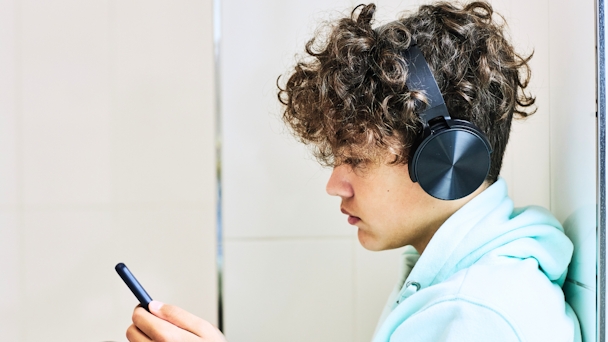Australia’s teen social ban is not the answer
As Australia sets a precedent in banning under-16s from social media, Battenhall’s Drew Benvie asks if Canberra even understands the tech.

Australia has made headlines recently by enacting a law banning children under 16 from using social media. It has now taken the crown as the world’s most draconian social media state as part of the process.
It’s easy to see why the policy appeals to some – screen addiction, brain rot, mental health concerns, and cyberbullying have long dominated public discourse – but it raises an uncomfortable question in my mind: has anyone in Canberra ever seen how teens use their phones?
Teenagers use apps like they’re already in the future
They are ingenious at bypassing any rules they might encounter. They use messaging apps as social media, and social networks as messaging apps. They have public accounts, private accounts, spam accounts, group shared accounts, and on every app you can possibly imagine. Yes, boomer, even Facebook.
Teens post in seemingly bizarre ways: sometimes no photos, often blocking adults, images pop up and disappear like they invented ephemeral. A highly innovative and curated online view of their lives is where we are today.
They also choose their age at an early age so that they can use any app they choose from whenever they want. And if screen time is banned, as can be the case from household to household or from country to country, they find devices or means by hook or by crook. In other words, they are innovative, unusual and ingenious.
In a world of ubiquitous signal, VPNs, app innovation, and lives built online, attempting to ban all this begs the question: what is the intended outcome? I fear it’s going to have the opposite effect of what Australia’s lawmakers want.
Rose-tinted home screens
Anyone with a shred of social media experience knows that to keep children safe, enforcement of safety laws on the social networks, matched by education and awareness aimed at users, together is the formula for success.
If ‘oldie mouldies’, as we are called, think banning a section of society from apps that we happily doomscroll through every day keeps the world safe, they’re seeing the world through rose-tinted home screens. The reality of safety online is that it just takes work.
A new dark age for teens
Fast forward to next year. It’s 2025, and you’re about to turn 13 in Australia. Let’s assume you’ve never touched a social network (yeah, right) and that you also haven’t used a messaging app with social features… Will you be going back to pen and paper during all this screen time, like a new dark age, or will you just ‘do it anyway’?
The idea of banning social media for young people is well-intentioned. Numerous recent cases, in particular in Australia, have shown the dangers that lurk online. Social media has been blamed for many problems in the lives of young teens, but the real risk is that lawmakers ignore the fact that harmful images, dodgy approaches by someone online, the brain rot, all just continue with inadequate safeguards. That is the real risk here – that young children will be less safe with this social media ban.
The future can be bright
I believe the answer in child safety lies in the very innovation we see unfolding before our eyes with younger social media users and how they use social media, not if they use social media.
Bullying happened before social media, access to harmful materials happened then too; pretty much every harm we see on social media was already there. I’m not downplaying how easy it is for all things to reach all people now, but in my opinion, social media is the answer, not the problem. It’s the main way through to kids, it’s a way to provide a safe space, and technical innovations are leading the way. In UK schools new systems, such as automatic screenshotting of harmful content, are flagged to schools and social media platforms for safeguarding, to name just one example.
But guess what? Awareness, education, supervision and good parenting are all part and parcel. And government-funded safety campaigns will be needed too. Think about high-profile campaigns that urge us to belt up and drive safely, to eat healthily, to cross the road safely, to read more, to exercise more. But have you seen a government initiative that has reached parents, kids and teachers that shows how to keep our children safe on social networks?
I look forward to a future where the rate of innovation is matched by the speed of thought among those whose job it is to really keep people safe. The world is innovating faster than any of us could imagine, but it is teenagers that are probably doing the best job. They just need our help.
